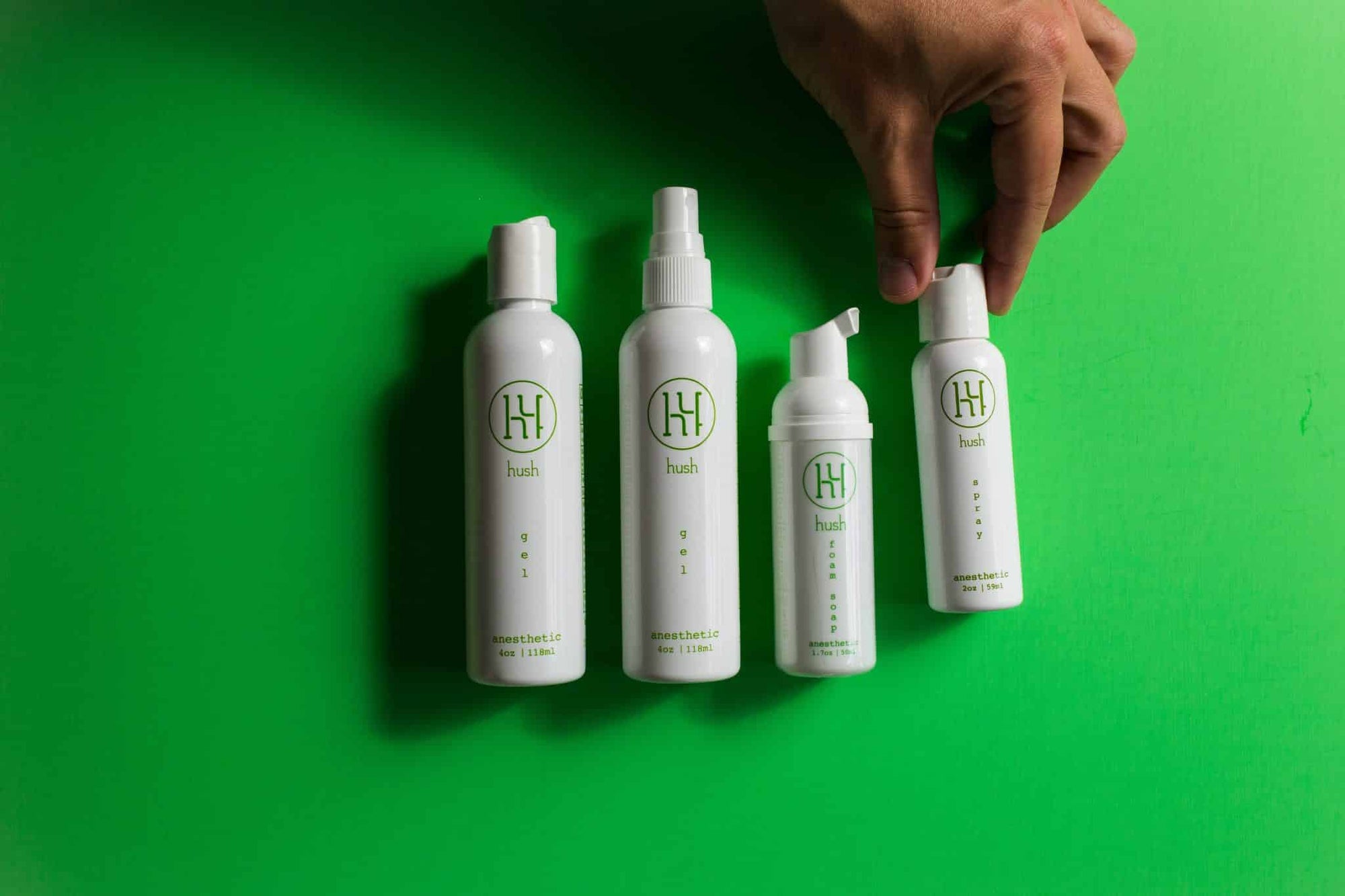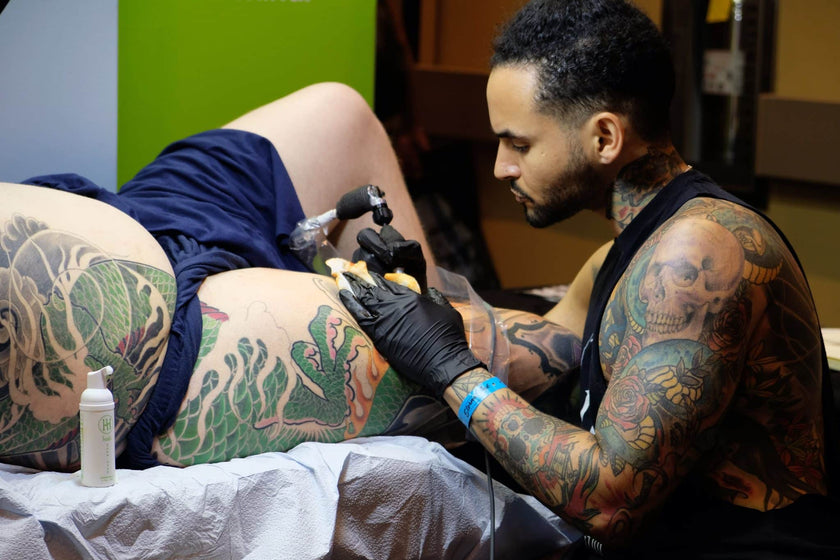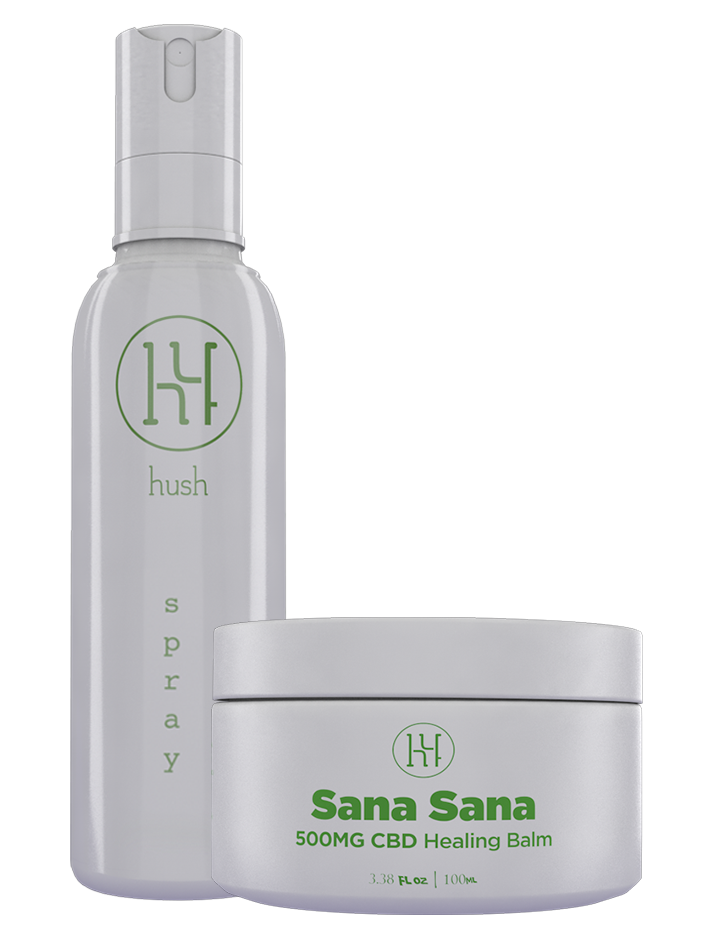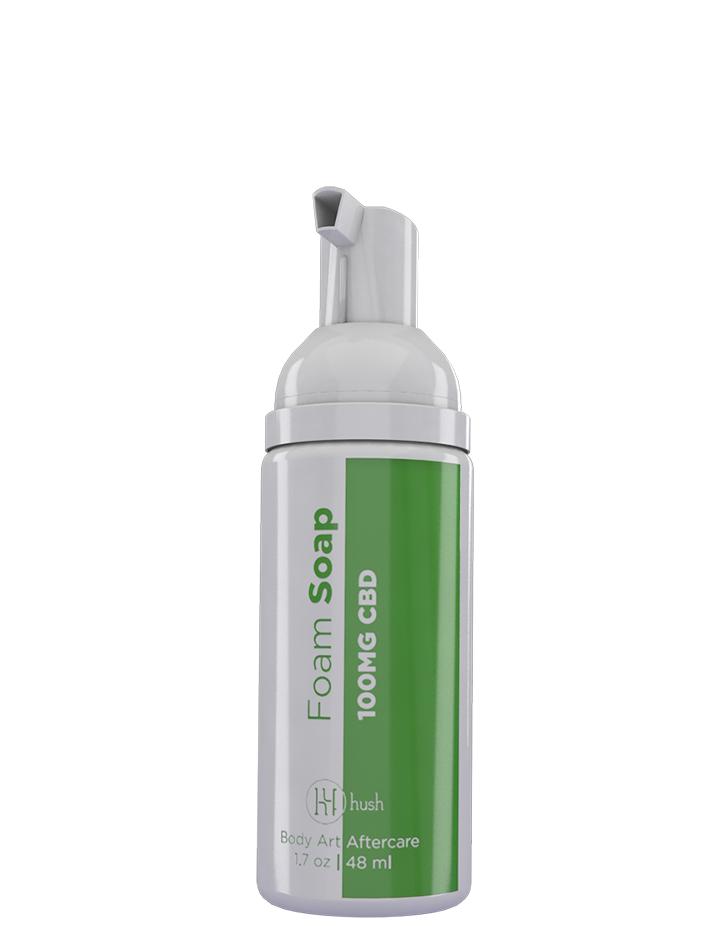
Design, check. Artist, booked. Tattoo anesthetic, not so sure. All tattoo enthusiasts and artists will have have different opinions regarding numbing agents, and whether to numb or not to numb. Traditionalists will say it's part of the process, to endure and feel the pain of your tattoo. Modernists, will argue there's no need to endure all the pain just to get inked. You're worthy of the art! Even without the pain. So which one is it? Research is the best way to find out, which option is for you.
Check Out the Ingredients
Always read the label to ensure you are not allergic to any of the ingredients within products that you're considering especially when it comes to your skin. The best products have been tried, tested and recommended by tattoo enthusiasts, artist and perhaps even doctors. Keep in mind, most products contain one or more of these key ingredients: epinephrine, benzocaine, tetracaine, and lidocaine. These additives are also used to enhance the action of the key ingredients: comphrey root, menthol, tea tree oil, camphor, etc. These ingredients play a part in impacting the pain signals sent by your skin cells to your brain. Lidocaine is the most common ingredient among numbing agents. If the initial sting of needle piercing your skin frightens you, lidocaine will work on that. It will ensure you won't flinch so much so as to compromise the artist from creating the masterpiece you want. Due to their nerve blocking qualities, benzocaine and tetracaine are also often included in this list. They blockade the pain signals to your brain and in turn minimize the sensation of pain. Out of the 4 key ingredients, epinephrine is slightly contentious because it is a powerful vasoconstrictor, which means it tightens the blood vessels and minimizes swelling and bleeding.
The Best Combination of Products
For optimum numb skin, a combination of products must be applied before during and after your tattoo session.
- Before session, apply a generous layer of HUSH Gel and cover with plastic wrap for maximum absorption. Numbing is activated 60 minutes after application.
- During preparation, wash your skin with HUSH Soap to enhance the effect of our tattoo numbing gel applied earlier.
- Depending on session length or pain tolerance, re-apply additional layer of HUSH Gel, or spray may be applied after that.
Whether you're more of a traditionalist or a modernist, you've got numbing options.




